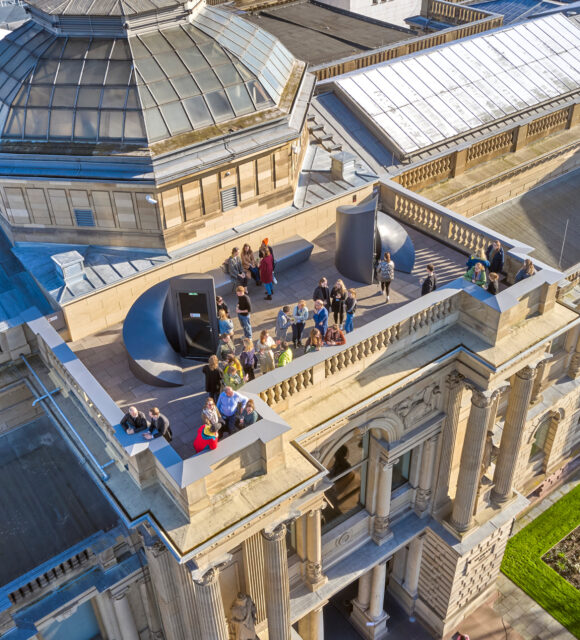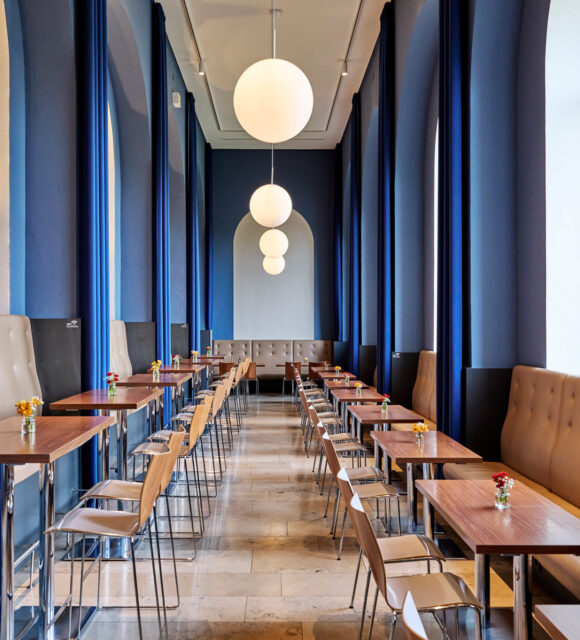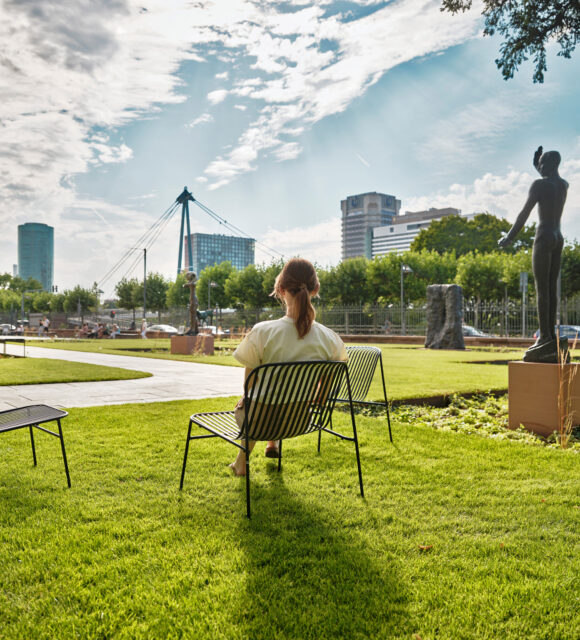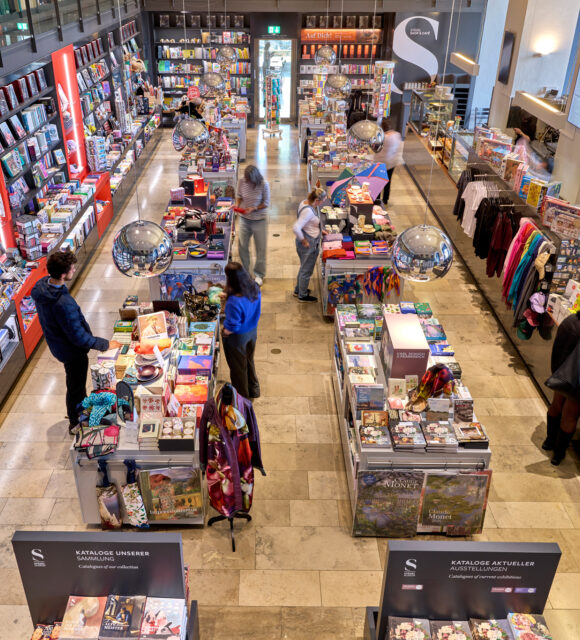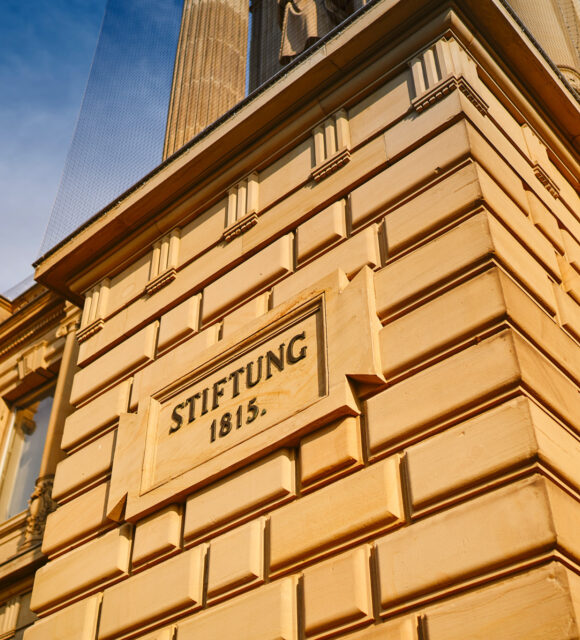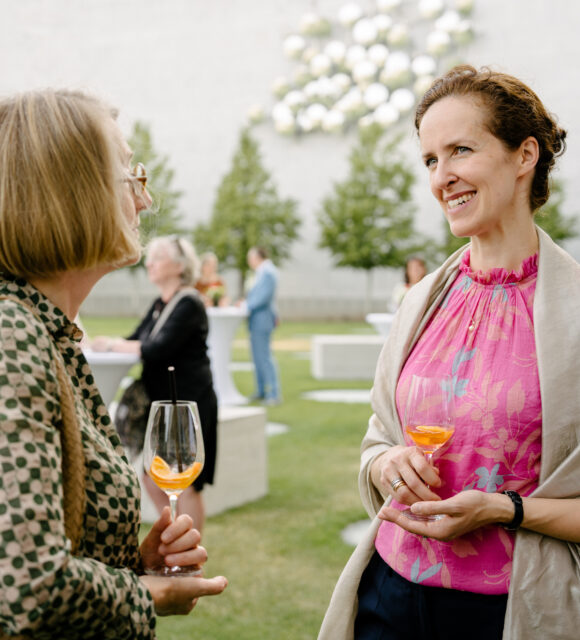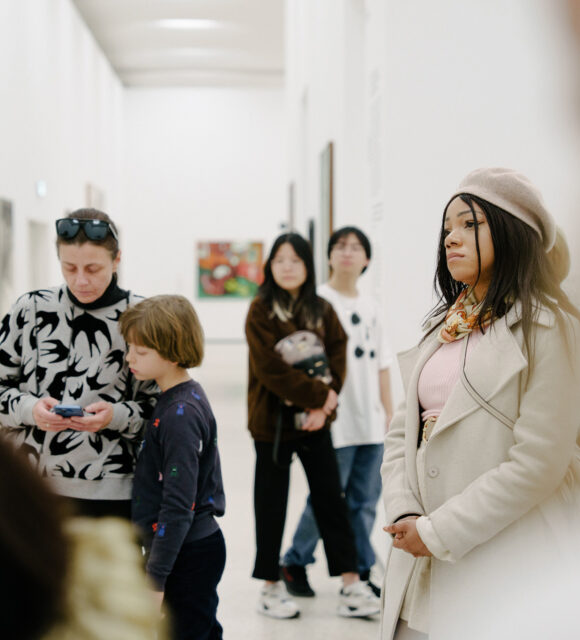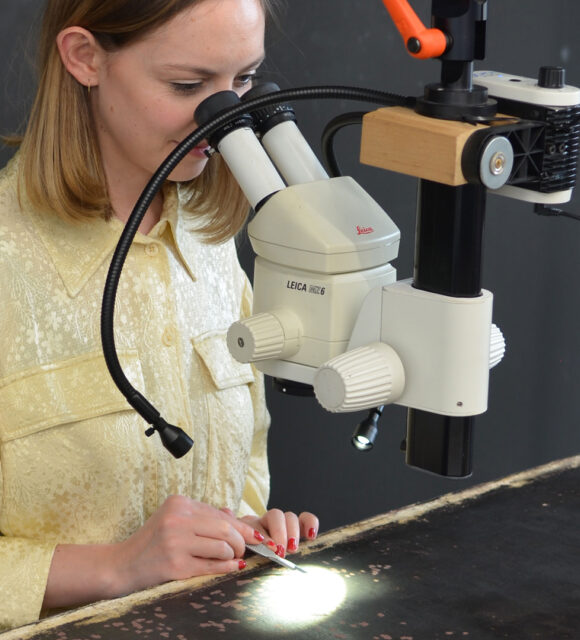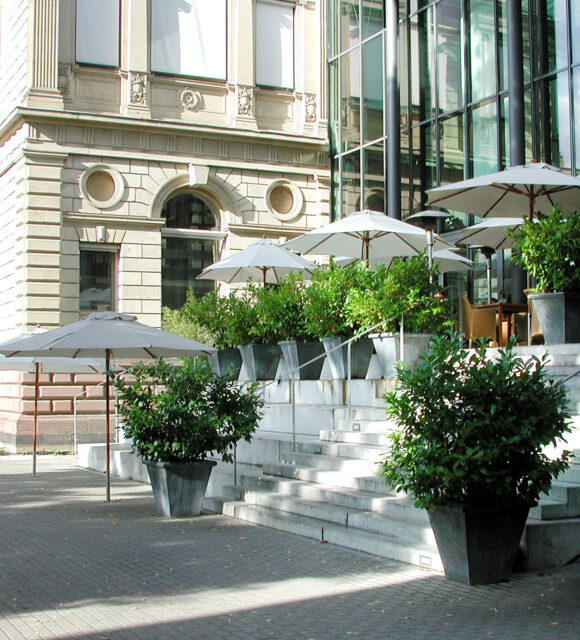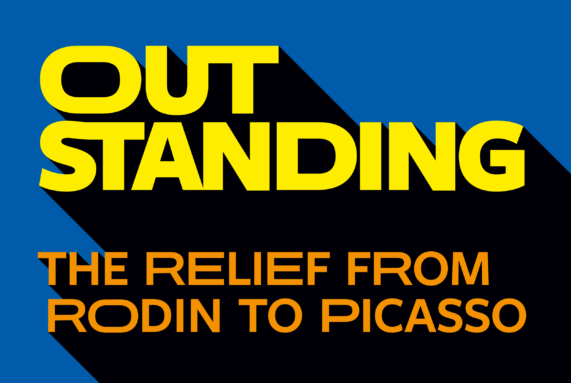
About the Exhibition
Is it painting or sculpture, surface or space? Hardly any artistic medium challenges our sense of sight like the relief. And that is what has always made it so appealing for the most famous artists. The exhibition presented prominent works spanning some 160 years by Bertel Thorvaldsen, Jules Dalou, Auguste Rodin, Medardo Rosso, Paul Gauguin, Henri Matisse, Pablo Picasso, Alexander Archipenko, Jean Arp, Kurt Schwitters, Sophie Taeuber-Arp, Yves Klein, Louise Nevelson, Lee Bontecou and others.
For the exhibition, the Städel Museum collaborated with the Hamburger Kunsthalle to bring together works from their own collections and leading European museums, among them the Musée d’Orsay, the Musée Picasso and the Centre Pompidou in Paris, the Museum Boijmans Van Beuningen, Rotterdam, the Kunstmuseum Basel and the Musée des Beaux-Arts de Lyon. The show also featured rarely exhibited works from private collections.
An exhibition of the Städel Museum, Frankfurt am Main, and the Hamburger Kunsthalle, Hamburg
Curators, Städel Museum
Dr. Alexander Eiling (Head of Modern Art), Dr Eva Mongi-Vollmer (Curator for Special Projects)
Project management
Dr. Friederike Schütt
Film
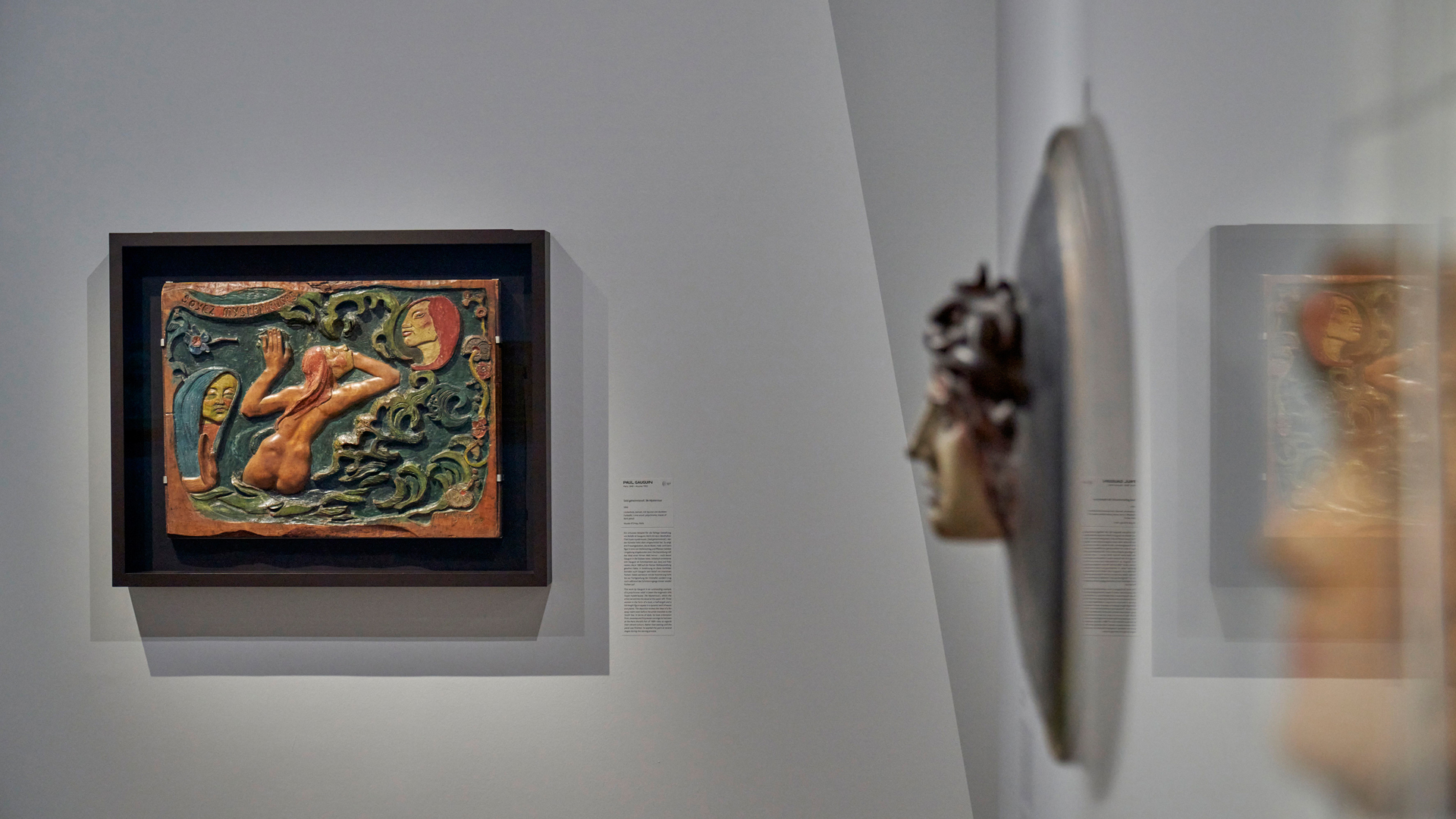
Sponsors & Partners
Sponsored by
Kulturfonds Frankfurt RheinMain gGmbH, Städelscher Museums-Verein e.V. – Städelfreunde 1815
With support from
Georg und Franziska Speyer'sche Hochschulstiftung
Media partners
Süddeutsche Zeitung, ARTE, Verkehrsgesellschaft Frankfurt am Main
Culture partner
hr2-kultur




